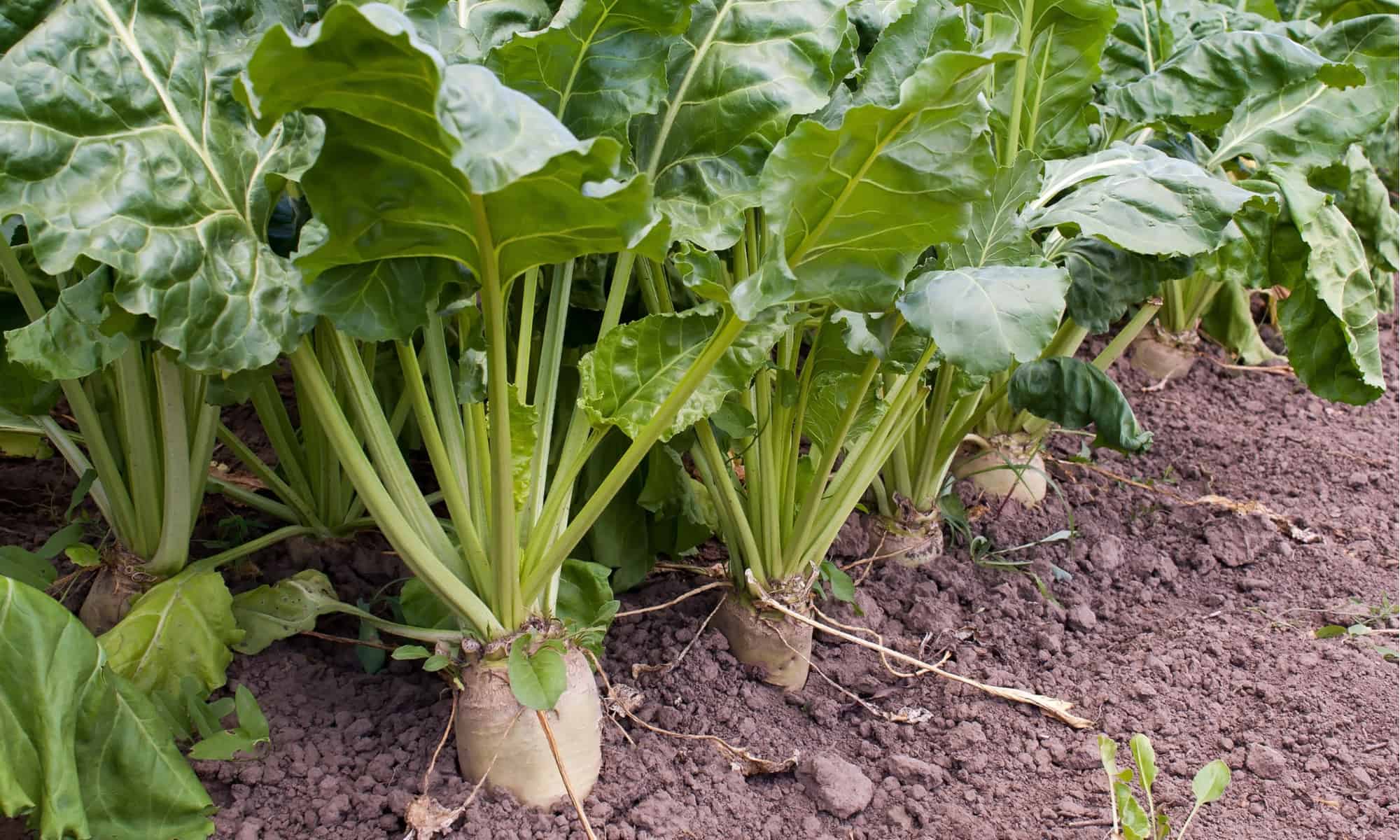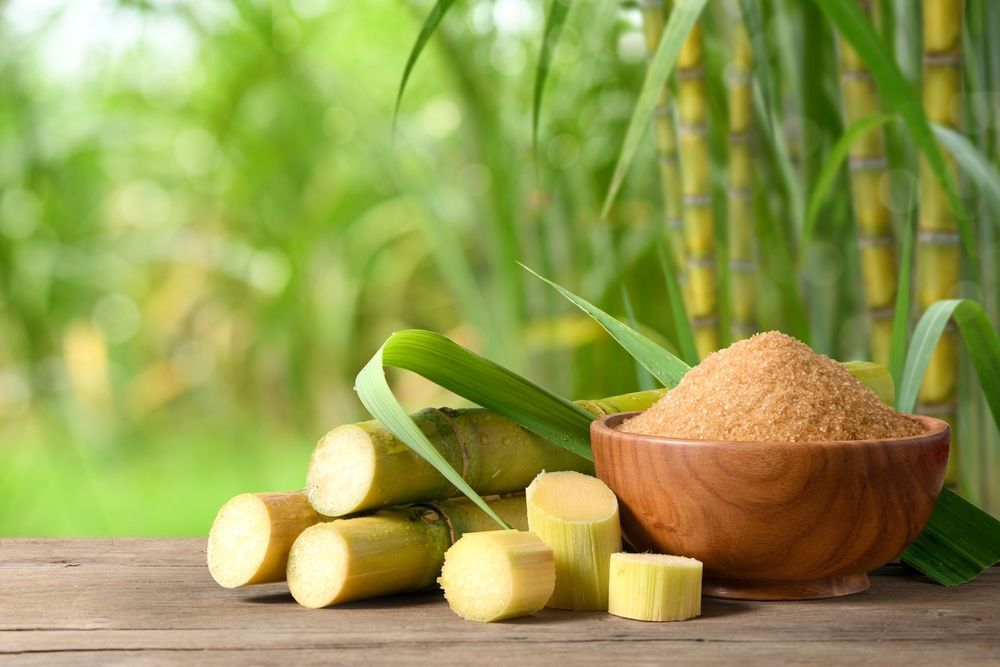The sourcing of beet sugar vs cane sugar affects farming impact in the sugar industry.
The sourcing of beet sugar vs cane sugar affects farming impact in the sugar industry.
Blog Article
Discover the Uses and Conveniences of Beet Sugar Vs Cane Sugar in Your Daily Diet Plan
Exploring the unique high qualities of beet and cane sugar exposes more than just their sweetening abilities; it highlights their one-of-a-kind influences on health and cooking arts. Beet sugar, recognized for its subtle flavor, is typically preferred in fragile desserts, whereas cane sugar, with its hint of molasses, adds splendor to durable recipes. Each kind holds its very own nutritional account and glycemic ramifications, inviting a much deeper understanding of their roles in a well balanced diet regimen and lasting consumption practices.
Origin and Production Procedures of Beet and Cane Sugar

The distinct environments and dirt kinds required for expanding sugar beets and sugarcane add to differences in their farming techniques and geographic distribution, influencing the business economics and sustainability of their manufacturing. beet sugar vs cane sugar.
Nutritional Comparison Between Beet Sugar and Cane Sugar
Despite stemming from various plants, beet sugar and cane sugar are nutritionally really comparable, both mostly containing sucrose. Each provides concerning 4 calories per gram, converting to approximately 16 calories per teaspoon. Structurally, both sugars are composed of roughly 99.95% sucrose, with very little quantities of other substances like wetness and trace minerals, which do not considerably modify their dietary profiles.

Eventually, when choosing in between beet sugar and cane sugar based on nutritional material alone, both deal identical advantages and downsides as they are essentially types of the same molecule-- sucrose, offering quick power without other nutrients.
Effect On Health: Glycemic Index and Caloric Material
Checking out better into the impacts of beet sugar and cane sugar on wellness, it is very important to consider their glycemic index and calorie content. Both sugars are classified as sucrose, which includes sugar and fructose. This make-up leads them to have a similar influence on blood glucose degrees. The glycemic index (GI) of both beet and cane sugar is around 65, classifying them as high-GI foods, which can create quick spikes in blood sugar degrees. This is an essential facet for people managing diabetes mellitus or those trying to stabilize their power levels throughout the day.
Each sort of sugar has about 4 calories per gram, making their calorie material matching. For those keeping track of calorie intake, especially when taking care of weight or metabolic health and wellness problems, comprehending this equivalence is important (beet sugar vs cane sugar). Excessive intake of any kind of high-calorie, high-GI food can add to health and wellness issues such as obesity, heart condition, and insulin resistance.
Environmental and Economic Considerations of Sugar Manufacturing
Beyond health and wellness influences, the manufacturing of beet and cane sugar also increases significant right here ecological and financial issues. Sugar beet cultivation often tends to require cooler environments and has a lower geographical impact compared to sugar cane, which prospers in exotic areas.
In addition, the use of chemicals and plant foods in both beet and cane sugar growing can lead try here to dirt deterioration and air pollution, additional affecting biodiversity and local water bodies (beet sugar vs cane sugar). The choice in between growing sugar beet or cane frequently pivots on regional environmental problems and financial elements, making the sustainability of sugar production a complex problem
Culinary Applications and Flavor Differences
While the environmental and financial elements of sugar production are certainly significant, the choice between beet and cane sugar also affects cooking applications and taste accounts. Beet sugar, obtained from the sugar beet plant, is known for its incredibly neutral preference. This makes it a functional component in baking, where it does not change the flavor of other parts. It liquifies swiftly and is suitable for usage in cakes, cookies, and pastries.
Walking stick sugar, extracted from sugarcane, often retains molasses traces, which pass on a distinctive splendor and depth. This slight molasses taste improves the intricacy of baked goods, sauces, and sauces. It is specifically favored in items where a sugar touch is wanted, such as in brownies or gingerbread. Additionally, the slight variant in dampness web content between beet and cane sugar can influence the structure and uniformity of dishes, website link making cane sugar a preferred choice for certain recipes that take advantage of its distinct buildings.

Final Thought
Finally, both beet and cane sugar have distinct beginnings and manufacturing procedures, using similar nutritional accounts with slight distinctions in salt web content and flavor. While their influence on health and wellness, specifically regarding glycemic index and calories, is similar, the selection in between them commonly comes down to environmental, economic aspects, and certain cooking requirements. Recognizing these facets can assist consumers in making notified decisions that line up with their wellness objectives and taste preferences.
Report this page